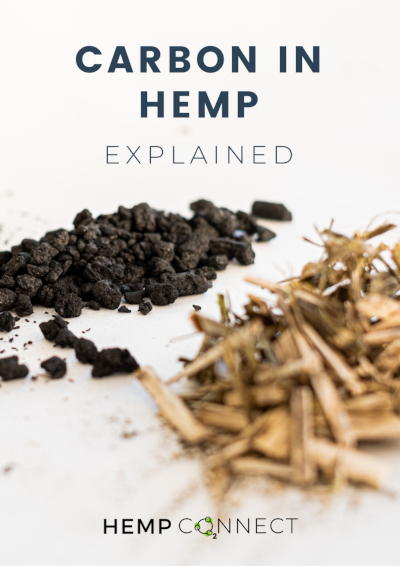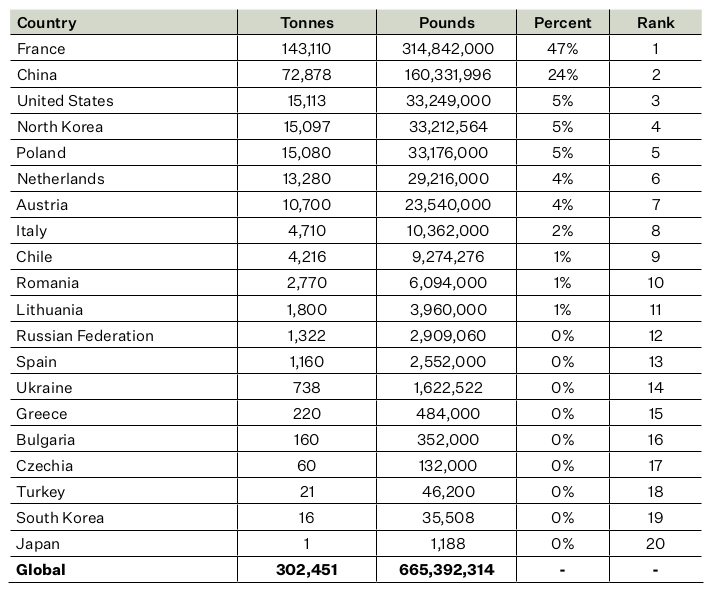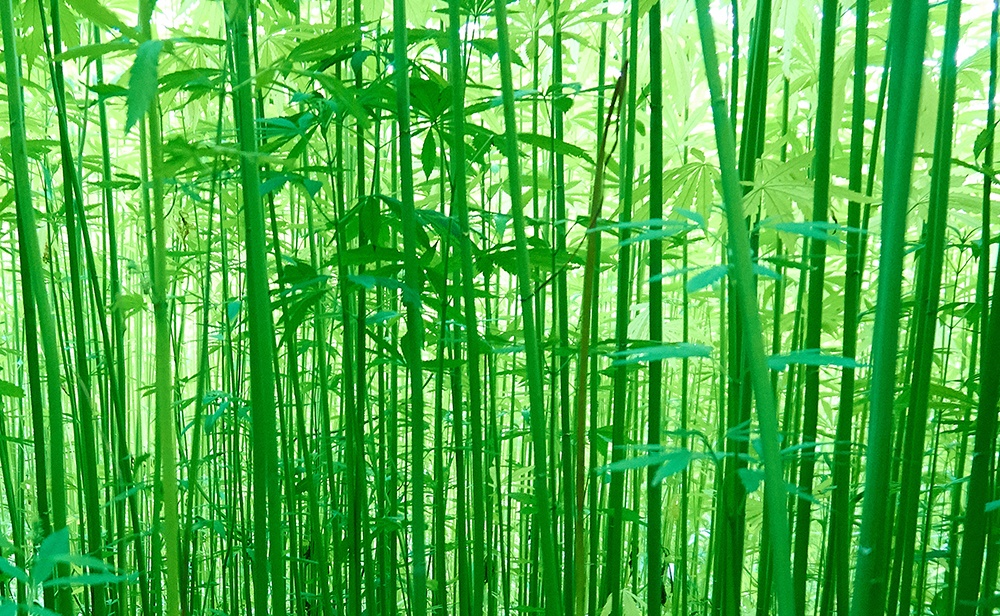While hemp production for textiles is at a “watershed moment,” hemp won’t bring promised sustainability without attention to how crops are grown, a new paper argues.
“This is a material with a lot of sustainability potential, and the industry has an opportunity to shape its production system from the soil up,” according to “Growing Hemp for the Future,” a paper from Textile Exchange, a global non-profit focused on climate change across the textile and apparel industry.
However, “if we conduct business as usual, the same negative impacts on communities and the environment could well occur from the practices that are common in conventional agriculture today,” the paper warns.
Back to the ’60s
Global fiber hemp production by volume is currently running at the same level it reached in 1961 but those fields take up far less land with far greater efficiency, resulting in higher yields, according to statistics from the UN’s Food & Agriculture Organization.
And with restrictions on long-stigmatized industrial hemp being lifted around the world and increased awareness of hemp fiber products, production capacity is growing, according to Textile Exchange.
“It is estimated that in 2023, 20 decorticators will be in production in the U.S. – six with a focus on bast fiber that are operating at three tons per hour or more. Having more decorticators not only increases production capacity but opens opportunities for second-level processors and manufacturers,” the paper observes.
‘Work in harmony’
While hemp’s sustainability attributes are well known among the public, if hemp follows the typical farming profile, posing risks to air and water, environmentally conscious consumers “could simply move on, looking for the next innovation to scale,” the authors suggest.
Growing, sourcing, or wearing hemp do not offer solutions themselves, according to the paper, which addresses the entire production chain including the roles of farmers, producers, NGOs and consumers.
Because there are few conventional pesticides currently authorized for hemp production, the hemp fiber sector has the potential to develop production practices that work in harmony with nature and result in measurable benefits. Sustainable practices for hemp can therefore be created “from scratch,” according to the paper.
Biological pesticides are, to date, the primary pesticides governments permit for use on fiber hemp, however, “availability and use of synthetic pesticides on fiber hemp is likely to expand without the industry taking precautions to anticipate, prevent, or minimize the potential impacts of agricultural inputs and mitigate adverse effects,” the authors warn.
Hemp and carbon
The paper also points out that further guidance is needed regarding how to account for soil carbon sequestration in the hemp textiles value chain. “The extent to which carbon sequestered in soils in this system can be accounted for is not well defined,” the paper observes.
“This means it is not possible to include carbon sequestration across natural fibers, including hemp fibers, when calculating GHG (greenhouse gas) emissions for natural fiber products. Nor (is it) acceptable to make such claims in promotional media which could lead to greenwashing concerns,” the authors say.

With the Carbon Dioxide Removal (CDR) sector still emerging, certified carbon credits remain in short supply, indicating a clear opportunity for hemp.
Read the full report from HempConnect
Guidance expected to be finalized before the end of this year should help by providing methods for accounting for land sector carbon removals from hemp cultivation, according to Textile Exchange. The Greenhouse Gas Protocol Land Sector Removals Guidance is the initiative of a multi-stakeholder partnership of businesses, non-governmental organizations and governments working to develop international GHG accounting and reporting standards and tools.
According to LCA accounting rules – developed to help ensure consistency in the footprinting of products and processes – it is not possible to account for carbon sequestration if the carbon is sequestered for less than 100 years, the paper also points out.
Findings & recommendations
Among other findings and recommendations in the paper:
- Governments should support research into the use of natural, organic, and regenerative farming practices for hemp production which prioritize soil regeneration, avoid the use of hazardous pesticides and fertilizers, and address improved water use and quality.
- Public data that supports sustainability claims and identifies fiber hemp production regions and quantities need to be made more widely available.
- The global production of fiber hemp by country, volume, unit of land measurement, method of production and price should be documented and reported annually.
- Robust regulations and standards to protect the rights of labor, indigenous and local communities should be established, including provisions to protect against environmental contamination.
- Brands should demonstrate commitment to responsible fiber sourcing by having a clear supply chain and sourcing policy that prioritizes organic, preferred, or regenerative farming practices.
- Long-term business relationships between farmers and producers should be based on a reliable system to verify sustainability claims and ensure traceability in the sourcing of hemp and other raw materials through to finished products.
- NGOs should work with government, academia, farmers/farm organizations, trade associations, and researchers to develop Best Management Practices for agriculture.
- Industry organizations should promote the benefits of responsible hemp production by facilitating research and education into production practices and hemp’s benefits and sustainability.
“We encourage governments, brands, and farmers alike to set up systems that will result in high quality raw material with low toxicity inputs and maximum benefits to the environment,” the paper’s authors conclude. “By working collaboratively and applying learnings from the past, we can leverage its holistic benefits to meet our climate and nature targets.”
Hemp fiber production worldwide
Countries with fiber hemp production by volume in 2021

(Sources: FAOSTAT, USDA, TURKSTAT)

